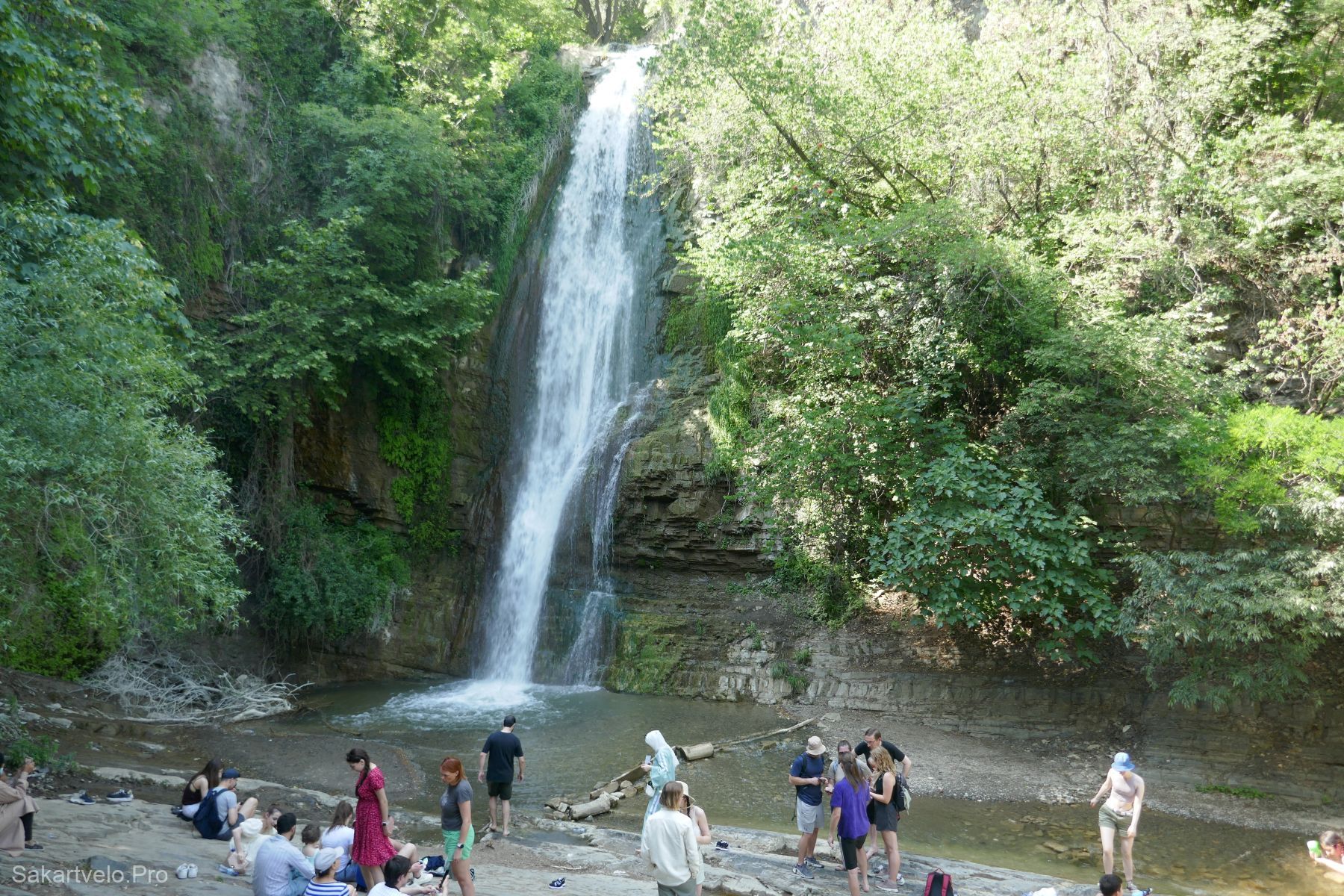
The National Botanical Garden of Georgia, formerly the Tbilisi Botanical Garden, is located in Tbilisi, capital of Georgia, and lies in the Tsavkisis-Tskali Gorge on the southern foothills of the Sololaki Range (a spur of the Trialeti Range). It occupies an area of 161 hectares and possesses a collection of over 4,500 taxonomic groups.
Its history spans more than three centuries. It was first described in 1671 by the French traveller Jean Chardin as royal gardens which might have been founded at least in 1625 and were variably referred to as “fortress gardens” or “Seidabad gardens” later in history. The gardens appear in the records by Joseph Pitton de Tournefort (1701) and on the Tbilisi, map composed by Prince Vakhushti (1735). Pillaged in the Persian invasion of 1795, the garden was revived in the early 19th century and officially established as the Tiflis Botanical Garden in 1845.
From 1888 on, when a floristics center was set up, Yuri Voronov and several other notable scholars have worked for the Garden. Between 1896 and 1904, the Garden was expanded further westward. Between 1932 and 1958, the territory around the former Muslim cemetery was included in the botanical garden. Several graves have survived, however, including that of the prominent Azerbaijani writer Mirza Fatali Akhundov (1812-1878). The central entrance to the Garden is located at the foothills of the Narikala Fortress.
GPS: 41.687092, 44.809144
Official webpage: www.nbgg.ge (in Georgian)

